 South America presents varied and often extreme climates. Weather-resistant reflective vests are indispensable for ensuring safety across these diverse conditions. High Visibility Reflective Safety Vests protect individuals working or traveling there. These specialized garments enhance visibility. They are crucial for safeguarding lives in every environment.
South America presents varied and often extreme climates. Weather-resistant reflective vests are indispensable for ensuring safety across these diverse conditions. High Visibility Reflective Safety Vests protect individuals working or traveling there. These specialized garments enhance visibility. They are crucial for safeguarding lives in every environment.
Key Takeaways
- Weather-resistant reflective vests are important for safety in South America’s many climates.
- These vests help people be seen in bad weather and low light, preventing accidents.
- Vests have special features like waterproof fabric and good fit to keep workers safe and comfortable.
South America’s Climatic Extremes Demand Specialized Safety Gear
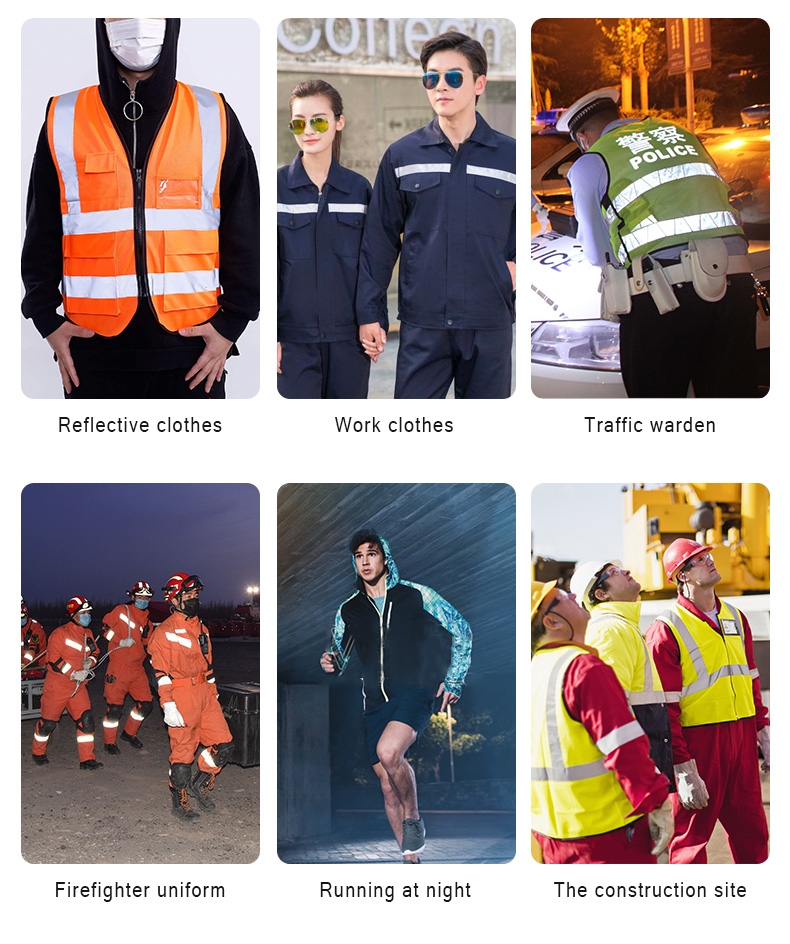 South America’s vast geography creates a mosaic of climates. Each climate presents unique hazards for workers and adventurers. Specialized safety gear becomes essential for protection in these diverse environments.
South America’s vast geography creates a mosaic of climates. Each climate presents unique hazards for workers and adventurers. Specialized safety gear becomes essential for protection in these diverse environments.
Humid Rainforests and Torrential Rains
The Amazon basin covers a large part of South America. This region experiences high humidity and frequent, heavy rainfall. Dense forest canopies block natural light, creating dim conditions even during the day. Workers in logging, research, or infrastructure projects face constant moisture. They also encounter reduced visibility. Gear must repel water effectively. It also needs to allow air circulation to prevent heat stress. Reflective materials help individuals stand out against the dark, wet foliage.
Arid Deserts and Intense Sun
The Atacama Desert in Chile is one of the driest places on Earth. Other arid zones exist along the coast and in parts of Argentina. These areas feature extreme daytime heat and intense solar radiation. Dust and sandstorms are common. Temperatures drop significantly at night. Workers in mining or solar energy projects need protection from UV rays. They also require gear that manages heat. Visibility can be poor during dust storms or at dawn and dusk. Reflective elements become crucial for safety during these times.
Andean Altitudes: Cold, Wind, and Snow
The Andes Mountains stretch across the continent. They present a formidable challenge with their high altitudes. This environment brings extreme cold, powerful winds, and heavy snowfall. Oxygen levels are lower. Weather conditions can change rapidly from clear skies to blizzards. Mining operations, scientific expeditions, and construction projects occur in these harsh settings. Safety gear must offer insulation and wind protection. It also needs to remain visible against snow and ice. High Visibility Reflective Safety Vests are vital here. They ensure workers are seen in whiteout conditions or during low light.
Temperate Zones with Unpredictable Weather
Southern South America, including parts of Chile, Argentina, and Uruguay, features temperate climates. These regions experience four distinct seasons. Weather can be highly unpredictable. Sudden rain showers, strong winds, and fog are common. Agricultural workers, road maintenance crews, and emergency services operate in these areas. Their safety gear must adapt to changing conditions. It needs to offer water resistance and wind protection. The gear also requires high visibility features for foggy mornings or stormy afternoons.
The Role of High Visibility Reflective Safety Vests in Accident Prevention
High Visibility Reflective Safety Vests play a crucial role in preventing accidents. They make individuals more noticeable in various environments. This enhanced visibility reduces risks for many people.
Enhancing Visibility in Low-Light Conditions
These vests significantly improve a person’s visibility in dim light. They help during dawn, dusk, and nighttime hours. Reflective materials on the vests bounce light back to its source. This makes the wearer stand out against dark backgrounds. Drivers and equipment operators can see individuals from a greater distance. This early detection gives them more time to react. It helps prevent collisions in poor lighting or adverse weather like fog or heavy rain.
Reducing Risks for Roadside Workers
Roadside workers face constant danger from moving traffic. Construction crews, utility workers, and emergency personnel often work near busy roads. High-visibility vests alert drivers to their presence. The bright colors and reflective strips catch a driver’s eye. This warning helps drivers slow down and move over. It creates a safer work zone for everyone. These vests are essential safety equipment for anyone working near vehicles.
Protecting Outdoor Enthusiasts in Remote Areas
Outdoor enthusiasts also benefit greatly from these vests. Hikers, cyclists, and hunters often explore remote or wild areas. These places can have challenging terrain and unpredictable weather. A vest makes an individual easier to spot if they get lost or injured. Search and rescue teams can locate them more quickly. Cyclists on rural roads become more visible to motorists. Hunters can identify fellow hunters, preventing accidental shootings. The vests offer a simple yet effective layer of protection in the wilderness.
Essential Features of Weather-Resistant Reflective Vests
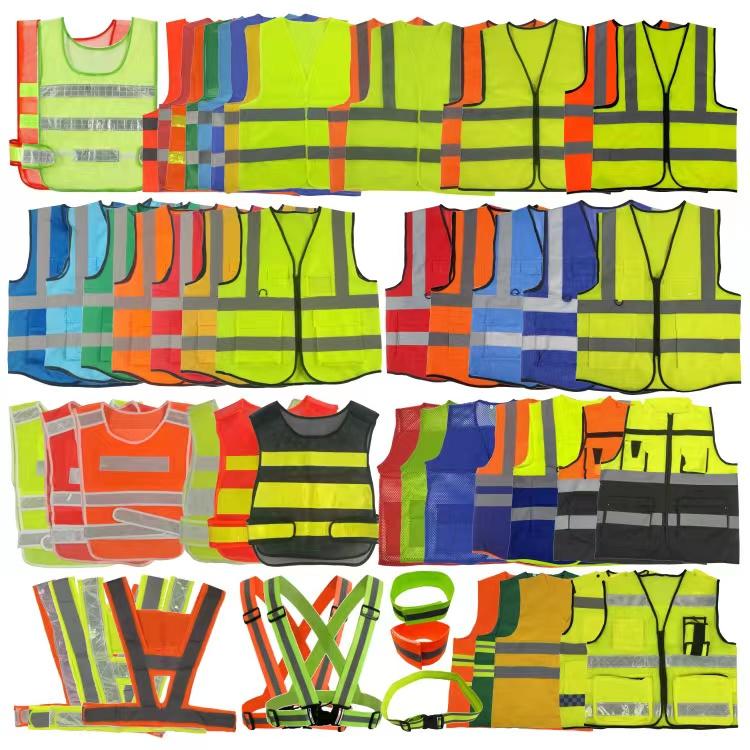 Weather-resistant reflective vests offer specific features. These features ensure safety and comfort in South America’s varied climates. They protect individuals from environmental challenges. They also make people visible in all conditions.
Weather-resistant reflective vests offer specific features. These features ensure safety and comfort in South America’s varied climates. They protect individuals from environmental challenges. They also make people visible in all conditions.
Waterproof and Water-Repellent Fabrics
Rain is common in many South American regions. The Amazon rainforest experiences heavy downpours. Vests must keep wearers dry. Waterproof fabrics prevent water from soaking through. Water-repellent coatings make water bead up and roll off. These materials ensure comfort and prevent hypothermia in wet conditions. They are vital for workers in rainy environments.
Breathability for Comfort in Heat
Many areas in South America are hot and humid. Deserts and rainforests have high temperatures. Vests need to allow air to flow. Breathable fabrics let sweat evaporate. This keeps the wearer cool and reduces heat stress. Without breathability, vests can cause discomfort and fatigue. They are essential for long work shifts in warm climates.
Durability Against Harsh Environments
Work in South America often involves tough conditions. Vests must withstand rough use. They need strong materials that resist tears and abrasions. UV resistance is important in sunny deserts and high altitudes. Durable vests last longer. They provide consistent protection over time. This reduces the need for frequent replacements.
Superior Reflectivity for All Conditions
Visibility is the main purpose of these vests. They feature special reflective materials. These materials bounce light back to its source. This makes the wearer highly visible in low light. It works during dawn, dusk, night, fog, or heavy rain. High Visibility Reflective Safety Vests ensure drivers and operators see individuals clearly. This prevents accidents in all weather and light conditions.
Adjustable Design for Optimal Fit
A vest must fit well to be effective. Adjustable features allow for a custom fit. These include adjustable straps, elastic sides, or hook-and-loop closures. A good fit ensures comfort. It also allows for layering clothes underneath in colder areas. The vest stays in place during movement. This means the reflective elements always face outward.
Advanced Materials and Design for Extreme Conditions
Modern safety vests use advanced materials. These materials offer better protection and comfort. They help people work safely in South America’s challenging environments.
Innovative Fabric Technologies
New fabric technologies make vests stronger and lighter. These fabrics can resist tears and punctures. Some materials also have built-in temperature regulation. They keep wearers cool in heat and warm in cold. These innovations improve safety and comfort for long workdays. Workers can focus on their tasks without discomfort.
Seam-Sealing for Water Protection
Waterproof vests need sealed seams. Manufacturers apply special tapes or coatings to stitch lines. This process stops water from leaking through the tiny holes made by needles. Seam-sealing ensures the vest remains fully waterproof. It protects the wearer from rain and moisture. This feature is crucial in humid rainforests or during heavy downpours.
Ergonomic Design for Mobility
Vests must allow workers to move freely. Ergonomic designs consider human body movements. They use flexible materials and smart cuts. These designs prevent the vest from restricting motion. Workers can bend, stretch, and lift without difficulty. Good mobility helps prevent accidents and reduces fatigue. It ensures the vest supports, not hinders, the wearer.
UV Resistance for Sun Exposure
The sun’s rays can be very strong, especially in deserts and high altitudes. UV-resistant materials protect the vest fabric from damage. They also shield the wearer’s skin from harmful UV radiation. This resistance helps the vest last longer. It also adds an extra layer of protection for individuals working under intense sun.
Real-World Applications of High Visibility Reflective Safety Vests
High Visibility Reflective Safety Vests protect workers across many industries. They are essential safety tools in South America’s varied environments. These vests ensure people remain seen, preventing accidents.
Construction and Infrastructure Projects
Construction sites often have heavy machinery and moving vehicles. Workers build roads, bridges, and buildings. They need to be visible to equipment operators and drivers. Vests help prevent collisions. They make workers stand out in busy, dusty, or low-light conditions. This is true whether working on a new highway in Brazil or a building in Santiago.
Mining Operations in Challenging Terrains
Mining occurs in dark underground tunnels or vast open pits. These environments can be dusty, foggy, or poorly lit. Miners wear reflective vests. The vests help them see each other and avoid accidents with large mining vehicles. This is crucial in the Andes Mountains or desert mines.
Agricultural Sector Safety
Farmers and farmhands work with machinery like tractors and harvesters. They often work in large fields, sometimes near roads.
- Vests make them visible to machine operators.
- They also alert drivers to their presence on rural roads.
- This is important during early mornings or late evenings when light is poor.
Emergency and Public Services
First responders like police, firefighters, and paramedics work in unpredictable situations. Utility workers repair power lines or water pipes. They often operate at accident scenes or during natural disasters. These professionals wear reflective vests. The vests ensure they are seen by the public and by each other. This protects them while they help others, day or night, in any weather.
Ensuring Compliance and Safety Standards
Safety in South America’s diverse environments requires strict adherence to established rules. These rules protect workers and ensure equipment performs as expected. Following these standards creates a safer work environment for everyone.
Adhering to Local Safety Regulations
Each country in South America has its own safety laws. Businesses operating in these nations must understand and follow these specific regulations. These local rules often dictate the types of safety gear required. They also specify when and where workers must wear reflective clothing. Compliance with these national standards helps prevent accidents and avoids legal penalties. Companies must regularly review these laws.
Meeting International Safety Guidelines
Beyond local laws, international safety guidelines offer a global benchmark. Organizations like ANSI (American National Standards Institute) and ISO (International Organization for Standardization) set these standards. They ensure products, including High Visibility Reflective Safety Vests, meet specific performance criteria. Following these international guidelines means vests offer reliable protection. This is especially important for multinational companies. It also helps ensure consistent safety levels across different projects and regions.
Employer and Individual Responsibilities
Employers hold a primary responsibility for worker safety. They must provide appropriate safety equipment. This includes suitable reflective vests for the specific climate and work conditions. Employers also train workers on the correct use and care of this gear. Individuals also have a duty. They must wear their safety vests properly. They should maintain the vests and report any damage. Everyone shares the responsibility for maintaining a safe workplace.
Weather-resistant reflective vests stand as a critical investment for safety and compliance across South America’s vast and varied landscapes. Their specialized features directly address the continent’s diverse climatic challenges. Prioritizing these High Visibility Reflective Safety Vests ensures protection and saves lives in every environment.
FAQ
What makes a reflective vest weather-resistant?
Weather-resistant vests use waterproof fabrics. They also have sealed seams. These features keep the wearer dry. They protect against rain and moisture.
Why are these vests important in South America?
South America has diverse climates. These include rainforests, deserts, and mountains. Vests protect workers from extreme weather. They also ensure visibility in all conditions.
Who should wear these vests?
Workers in construction, mining, and agriculture wear these vests. Emergency services and outdoor enthusiasts also use them. They protect anyone needing high visibility.
Post time: Oct-24-2025

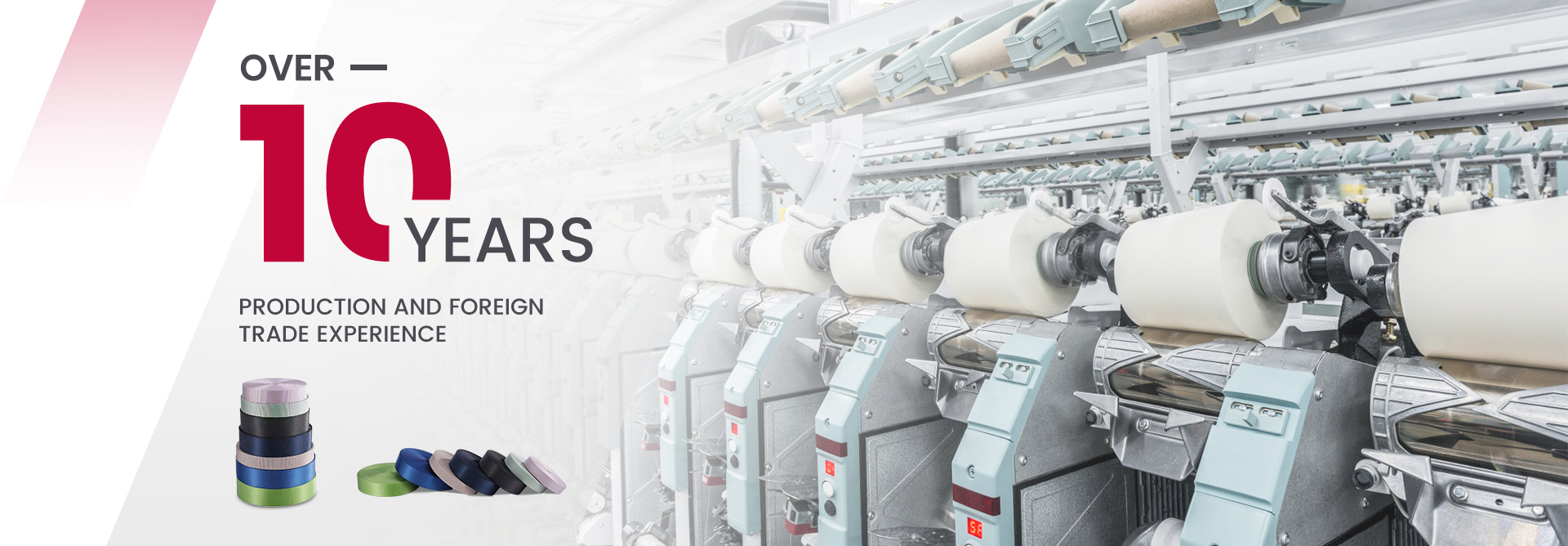
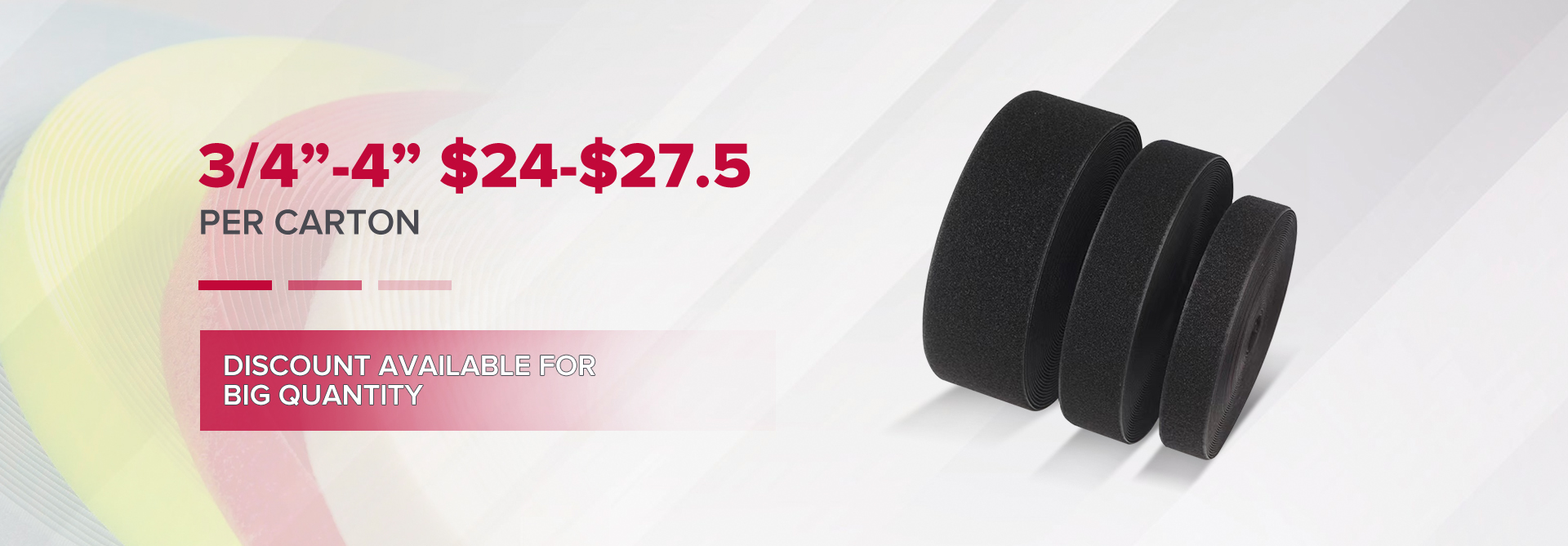
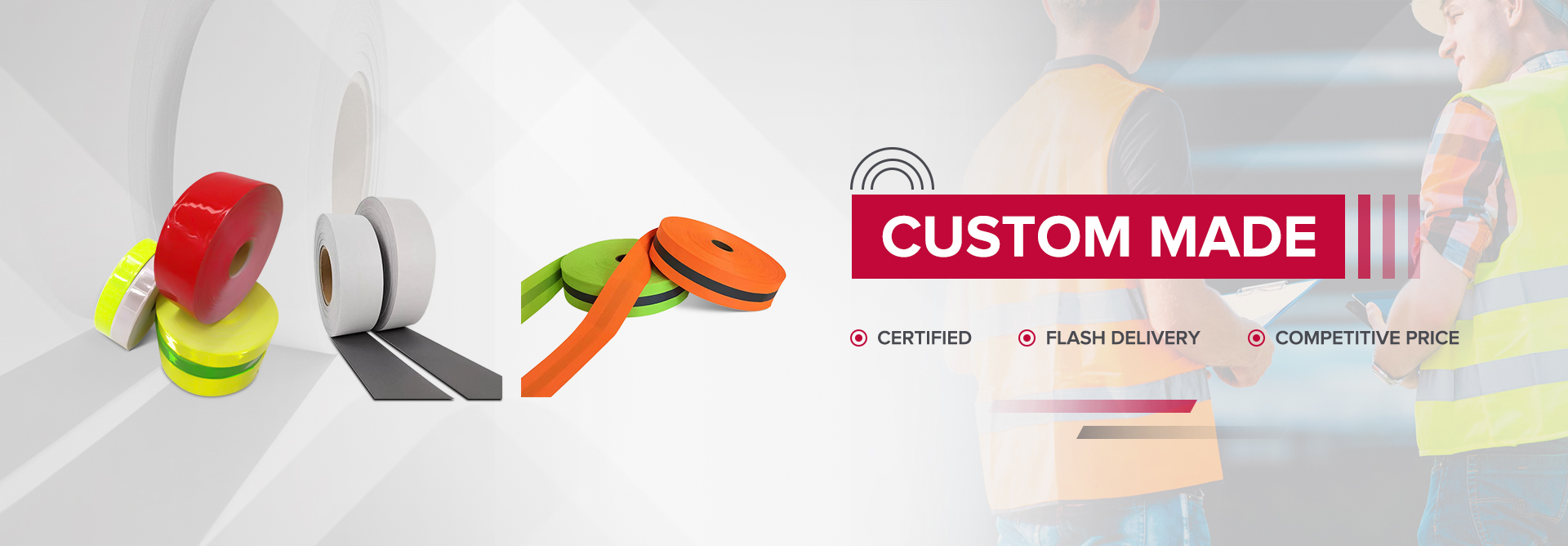
.jpg)